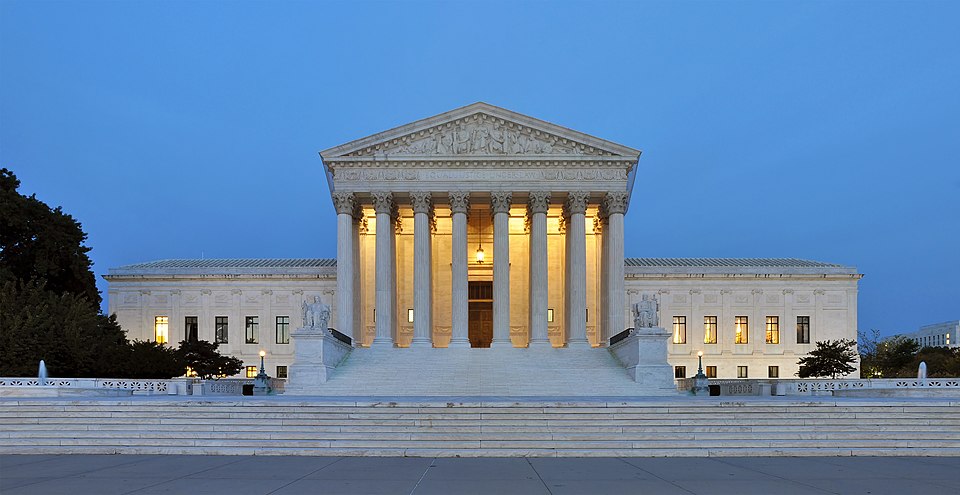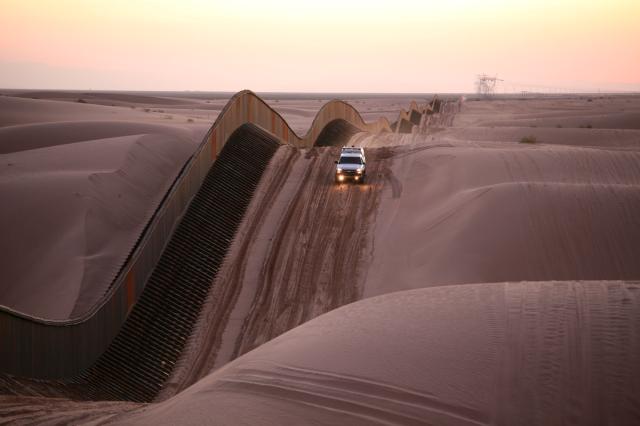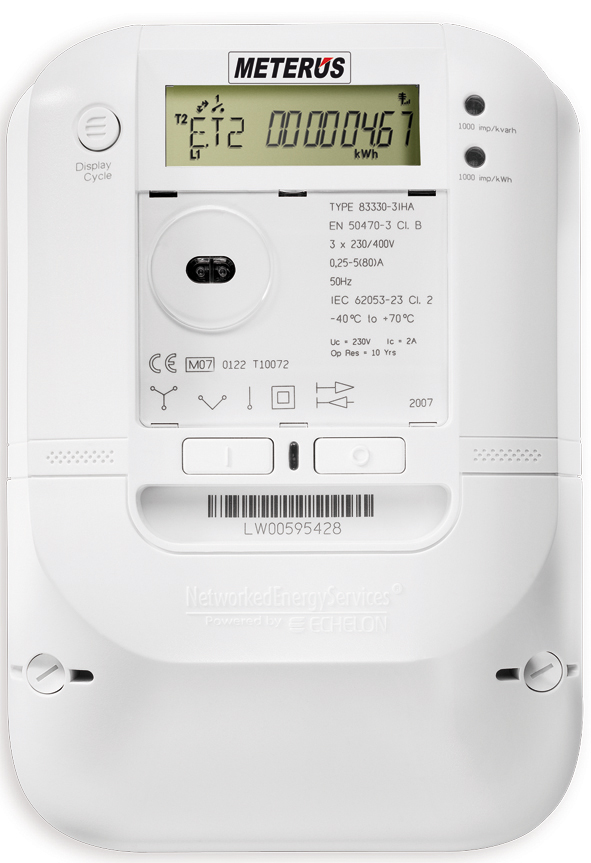
By deciding to take up the legality of the long-disputed “metering” policy, the Supreme Court has put a pivotal immigration issue back in the national spotlight. At stake is whether U.S. border officials can lawfully limit the number of asylum seekers processed at ports of entry by physically preventing them from stepping onto American soil until space becomes available-a practice that has shaped border management under three administrations and sparked years of litigation.

1. The Origins and Expansion of Metering
Metering was first implemented in 2016 by the administration of President Barack Obama, initially focusing on Haitian asylum seekers at the San Ysidro crossing between Tijuana and San Diego. At the time, CBP officers said the capacity limits required them to turn people back. In 2018, the Trump administration expanded metering to all U.S.-Mexico border crossings and solidified it through internal memoranda.

Officers would frequently position themselves directly on the borderline, preventing entry, and then refer to lists maintained by Mexican officials, shelters, or even the migrants themselves. Before long, those lists-from handwritten notebooks to digitized rosters-would become notorious for corruption and exploitation.

2. Legal Challenges and Lower Court Rulings
In 2017, Al Otro Lado and individual asylum seekers filed suit, arguing metering ran afoul of the Immigration and Nationality Act, the Administrative Procedure Act, constitutional due process, and the principle of nonrefoulement. U.S. District Judge Cynthia Bashant ruled in 2021 that the policy was unlawful, finding that border officers are obligated to inspect and process anyone presenting at a port of entry. The Ninth Circuit affirmed, 2-1, with Judge Michelle Friedland writing that “the phrase ‘arrives in the United States’ encompasses those who encounter officials at the border, whichever side of the border they are standing on.” Even following metering’s formal rescission in 2021, the Justice Department urged Supreme Court review, citing the loss of a “critical tool” for managing surges.

3. Human Impact: Lives in Limbo
Metering left thousands stranded in Mexican border cities where they were subjected to violent assault, kidnapping, and extortion. By late 2019, more than 21,000 were waiting just to begin the asylum process. For many, delays meant that new legal barriers emerged. Alberto, a Cuban asylum seeker, waited months under metering only to be caught by a newly implemented transit ban making him ineligible, despite arriving before the rule’s effective date. “Metering is subjecting people to extraordinary levels of instability and exposure to violence,” said attorney Neela Chakravartula.

4. From Physical to Digital Metering
Under Biden, metering took on what advocates refer to as “digital metering.” CBP One became the exclusive portal for asylum appointments, letting in only a finite number each day. While the administration says this system ensures greater safety and orderliness, Human Rights Watch reported finding it effectively mandatory, cutting out those who have no smartphones or data plans or digital literacy. Most asylum seekers, like Sandra S. from Michoacán, had been turned back despite urgent safety concerns, forced into cartel-controlled areas where danger was constant.

5. Comparative Perspectives
Other democratic countries that have faced asylum pressure, including Canada and Germany, have utilized surge capacity mechanisms without physically interdicting applicants from entry. Most systems rely on rapid triage, temporary housing, and expanded staffing rather than restrictive quotas. This approach has instead emphasized deterrence, creating prolonged uncertainty that experts say exacerbates psychological distress and fuels irregular crossings.

6. Psychological Toll of Prolonged Uncertainty
Long waits under precarious conditions erode mental health. Shelter workers report spikes in anxiety, depression, and trauma-related symptoms among those stuck in metering queues. “People are getting desperate and just crossing the river,” said Valeria Wheeler of Mission: Border Hope. With no timeline or safe shelters to house them, asylum seekers feel increasingly trapped, building on top of persecution they may have already experienced at home.

7. The Stakes Before the Supreme Court
The decision could end up being a durable precedent on whether “arriving in” the United States includes persons physically stopped at the borderline. A ruling to affirm the lower courts would strengthen statutory and constitutional protections, possibly barring turnback practices in the future. On the other hand, a ruling for the government might embolden restrictive measures-physical or digital-that thwart asylum access.

Melissa Crow of the Center for Gender & Refugee Studies made a broader point: “Our government has a legal duty to provide a fair and meaningful legal process to all people seeking safety at our border, no matter what.” As the case prepares for argument in late winter or early spring, legal professionals, human rights advocates, and policymakers will be paying close attention. For the thousands whose futures depend on its outcome, the Court’s meaning of “arrival” could spell the difference between protection and peril.


